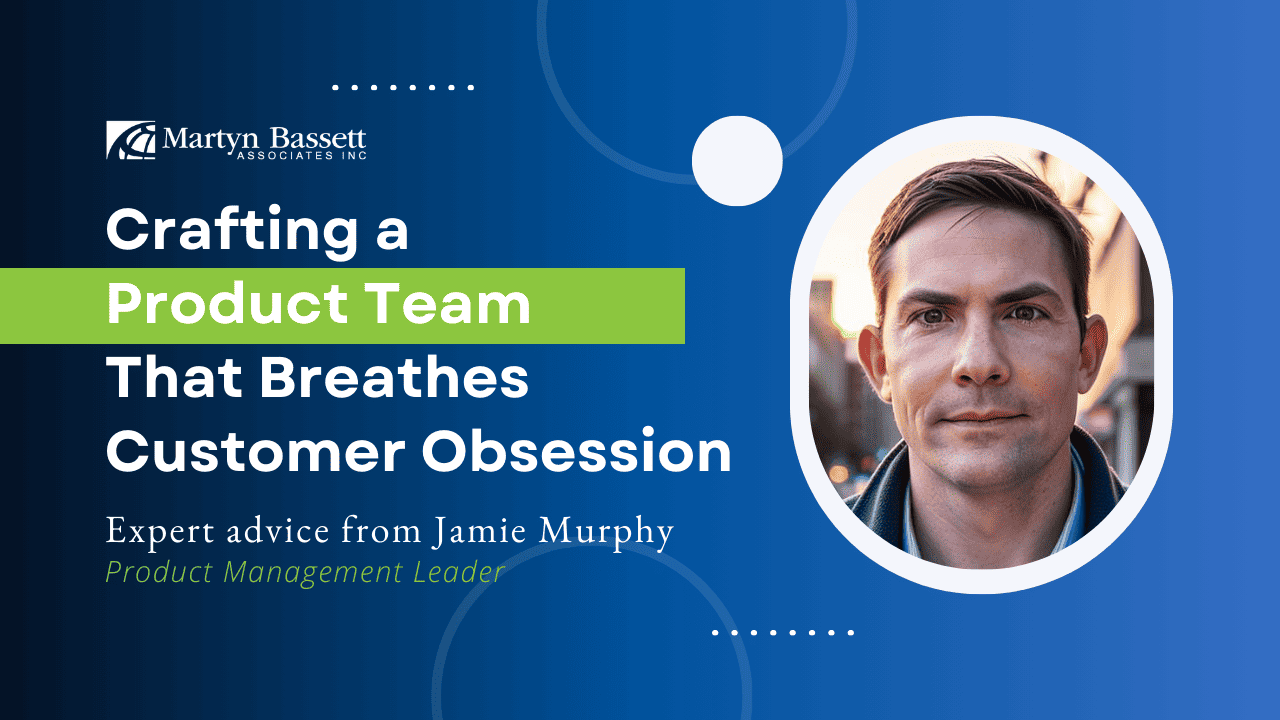Building a customer-obsessed product team transcends robust user and product metrics – it fundamentally involves engaging in dialogue with customers! Achieving the right balance between these two elements is vital. Here’s how:
1. Define Your Customer
During my tenure as a Senior PM at Amazon, where I supported external vendors in the supply chain technology organization, I encountered a fascinating scenario.
While eager to immerse myself in a culture heralded for its customer obsession, I discovered that vendors were categorized as partners, not customers. Consequently, my success metrics weren’t directly tied to them, presenting a conundrum: How should I allocate investments and time?
The underlying message is that a clear definition of ‘customer,’ aligned with correlating success metrics, is paramount. Whether dealing with partners or internal stakeholders, your commitment should be unwavering in supporting and advocating for them within the organizational framework.
2. Infuse Customer Obsession Throughout the Organization
The exhilarating part of building product organizations involves evangelizing the potent value product management can introduce to a company. A proven method to demonstrate this value and forge connections with other stakeholders is by propelling customer feedback into the spotlight.
Sharing customer concerns, accolades, and crucially, their stories establish a compelling narrative. This connection between customer experiences and your product roadmap is an invaluable catalyst for securing stakeholder buy-in.
3. Master the Art of Customer Interviews
Conducting customer interviews can be a daunting task for the uninitiated. Basic inquiries might seem valuable on the surface, but the risk of obtaining misleading signals is palpable. Utilizing internal data and product metrics as a preliminary step to comprehend customer behaviour, followed by qualitative interviews to explore their world, can unveil hidden opportunities.
Teresa Torres offers invaluable resources on mastering customer interviews and integrating continuous discovery into product teams’ strategies at Product Talk.
4. Implement Metrics to Drive Action
In the past, I’ve advised my PM team to amplify customer interactions and curtail internal meetings. Yet, altering the status quo proved challenging due to the additional effort external meetings required and the demands of internal stakeholders.
To navigate this, establishing a benchmark – say, ensuring 30% of meetings are customer-facing – can serve as an effective behavioural nudge and guarantee customer involvement during the development process.
5. Embed Customers in the Development Cycle
The philosophy is simple: make customers an integral part of the entire development cycle. From initial discoveries, through wireframe explorations, usability testing of prototypes, to the alpha and beta testing phases – their feedback is the lifeblood that should circulate through every development stage. This isn’t merely a strategy; it’s a safeguard against the perils and pitfalls that often accompany post-launch corrections and adjustments.
6. Discard Vanity Metrics! Uphold Metrics that Echo True Customer Value
Establishing metrics can be a convoluted endeavour. Strive to hone in on metrics that mirror tangible value for the customer and build from there.
Whether it’s ensuring a job posting culminates in a hire or reducing the number of safety incidents with a health and safety inspection product, ensure that your primary metrics always circle back to enhancing customer outcomes and delivering unparalleled value. Inspire your team to delve deep into comprehending the customer and their narratives – that’s where the true journey begins.
For teams that have seamlessly transitioned to this model, sustaining it becomes instinctual and defines a new work paradigm. The rewards are twofold: enhanced outcomes and a rejuvenated approach to product development.
About the Author
Jamie Murphy is a decisive Product Leader, bringing 17 years of proven expertise to the forefront of the tech industry. His leadership roles at major brands like BlackBerry, Workopolis, PathFactory, Sortable, and Amazon have been marked by strategic and operational excellence, culminating in the successful exits of two software businesses.
Emphasizing a hands-on, customer-centric approach, Jamie has consistently delivered outstanding business value, built high-performing teams, and secured significant financial results across varied sectors. His thorough expertise extends beyond product management, encompassing marketing, customer success, and partnerships, underscoring a pragmatic and results-driven approach to business growth and development.
